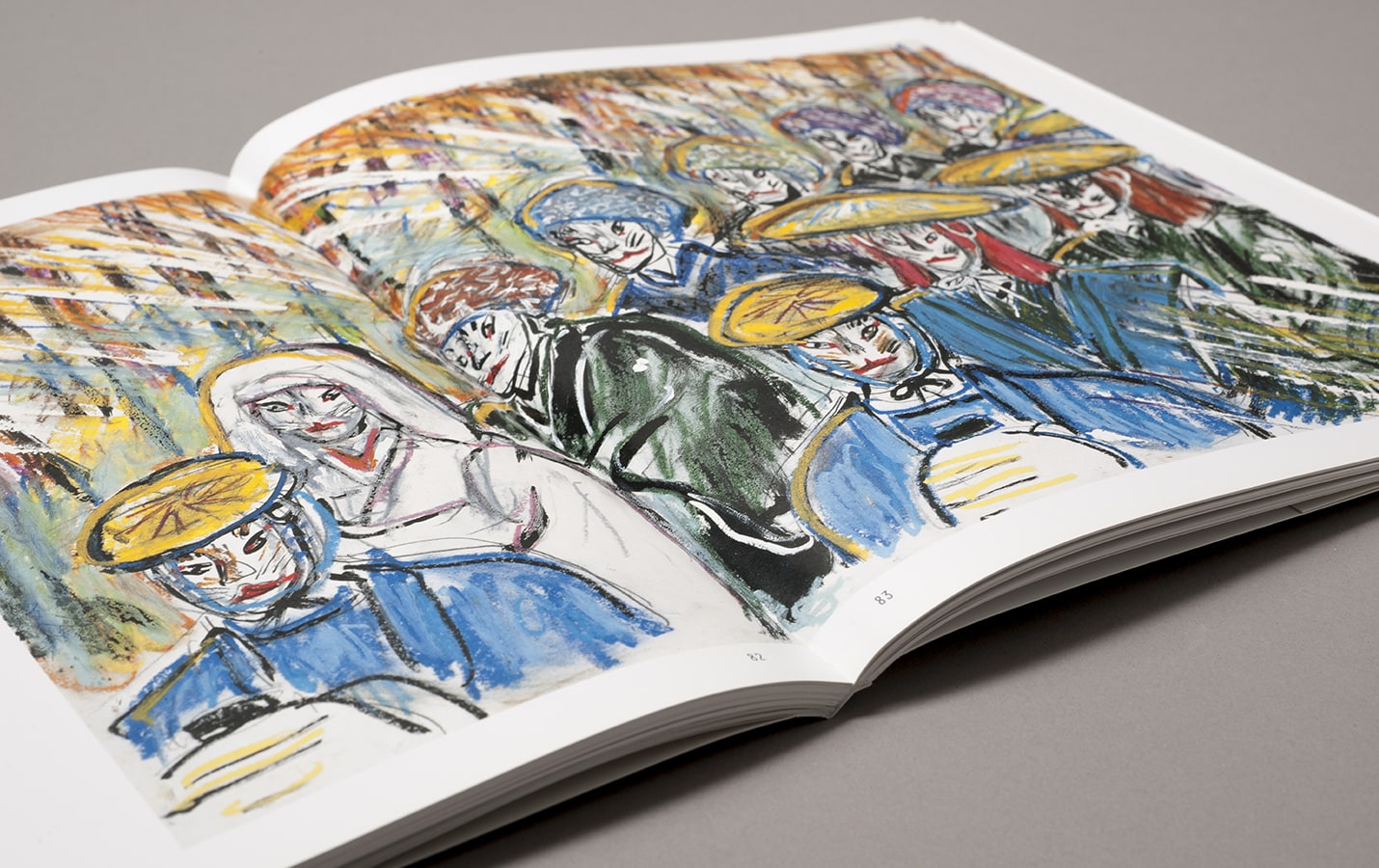February 10 - April 26, 2009
The exhibition of 87 extraordinary works by one of the most important masters of world cinema, Akira Kurosawa, presented a different aspect of the director’s talent; while introducing his envisioned films, the exhibition explored Kurosawa’s imagination through his drawings.
Kurosawa, who is inspired by both Japanese and Western cultures, particularly by the great masters of European art such as Van Gogh, Cézanne and Chagall, creates a bridge between the Far East and the West taking us on an enchanting journey into a world of breathtakingly unique images.
The storyboards of the films Ran, Kagemusha, Yume, Madadayo and Umi Wa Miteita exemplify the preparatory stages and illustrate frame by frame, scene by scene the films, revealing the artistic value of Kurosawa’s drawings and emphasizing his expressionism.
“There are a multitude of things that I think of when I draw storyboards. The setting of the location, the psychology and emotions of the characters, their movement, the camera angle needed to capture those movements, lighting conditions, costume and props… Unless I think of the specifics of all those things, I cannot draw the picture. Or, perhaps it’s more accurate to say, that I draw the storyboards in order to think about those things. In this manner, I solidify, enrich, and capture the image of each scene in a film until I see it clearly. Only then do I proceed with the actual shooting.”
Exhibition Catalogue

The exhibition Akira Kurosawa: Drawings, offered visitors the opportunity to discover a different talent while introducing Kurosawa’s dream films through his drawings. Kurosawa inspired...

The Academy of Fine Arts in Sarajevo was founded in 1972 as the first Academy of Fine Arts in Bosnia and Herzegovina and became one of the forerunners in Bosnian contemporary art. Academy continued its operation throughout the war years (1992-1995) in besieged Sarajevo and participated in important international art projects.
Tuesday - Saturday 10:00 - 19:00
Friday 10:00 - 22:00
Sunday 12:00 - 18:00
The museum is closed on Mondays.
On Wednesdays, the students can
visit the museum free of admission.
Full ticket: 300 TL
Discounted: 150 TL
Groups: 200 TL (minimum 10 people)